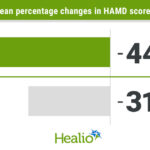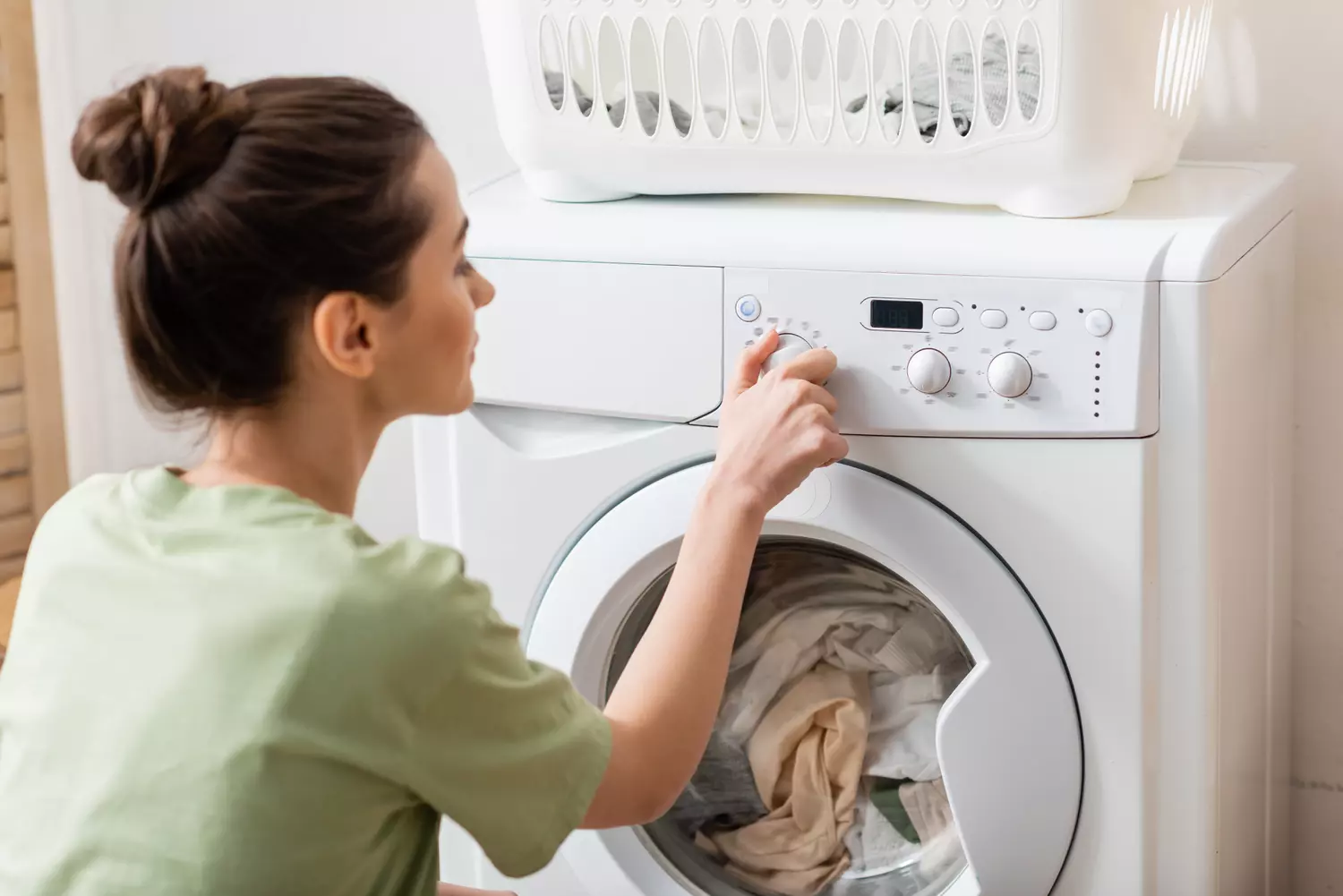Many homeowners believe that washing bed sheets at high temperatures like 60°C or 90°C is absolutely necessary to eliminate bacteria and microorganisms. However, modern laundry science reveals a different truth : 40°C washing temperature proves surprisingly effective for maintaining clean, hygienic bedding while protecting fabric integrity and reducing energy consumption.
Why modern detergents make 40°C washing highly effective
Contemporary laundry detergents contain sophisticated enzymatic formulations and disinfectant agents specifically designed to activate at lower temperatures. These advanced cleaning compounds work efficiently at 40°C, breaking down organic matter, sweat residues, and dead skin cells that accumulate in bed sheets during sleep.
Research demonstrates that washing at 40°C with quality detergent eliminates up to 99% of bacteria and dust mites present in bedding materials. The enzymatic action targets protein-based stains and biological contaminants, while surfactants lift dirt particles away from fabric fibers. This scientific approach proves that temperature alone doesn’t determine cleaning effectiveness.
The mechanical action of washing machines plays an equally crucial role in hygiene maintenance. Extended wash cycles at moderate temperatures allow detergent molecules sufficient time to penetrate fabric weave and neutralize harmful microorganisms. The combination of chemical cleaning agents, mechanical agitation, and adequate washing duration creates optimal conditions for thorough sanitation.
Professional textile care specialists recommend selecting longer wash programs when using 40°C settings. This approach maximizes contact time between cleaning agents and contaminated surfaces, ensuring comprehensive removal of allergens and pathogens without subjecting delicate fabrics to thermal stress.
Protecting fabric longevity while maintaining hygiene standards
High-temperature washing frequently damages natural and synthetic fibers, causing premature wear, color fading, and dimensional changes in bed sheets. Moderate temperature washing at 40°C significantly extends textile lifespan while maintaining acceptable cleanliness levels for regular household use.
Cotton, linen, and blended fabrics respond particularly well to moderate temperature treatment. The molecular structure of these materials remains stable at 40°C, preserving original texture, absorbency, and comfort characteristics that contribute to quality sleep experiences. Excessive heat exposure breaks down fiber bonds, leading to roughness and reduced durability.
Color retention represents another significant advantage of moderate temperature washing. Dyes used in modern bedding materials maintain vibrancy longer when exposed to gentler thermal conditions. This preservation of aesthetic qualities ensures that bed sheets remain visually appealing throughout their extended service life.
Energy efficiency considerations make 40°C washing increasingly attractive to environmentally conscious consumers. Few people know this but putting a coin in the freezer is one of the best tricks to avoid serious problems with appliance efficiency, and similarly, understanding optimal washing temperatures helps reduce household energy consumption while maintaining hygiene standards.
When higher temperatures become necessary for bed sheet care
Certain circumstances justify increasing washing temperatures to 60°C for enhanced pathogen elimination. Illness recovery periods require more aggressive disinfection protocols to prevent reinfection and protect household members from contagious microorganisms that standard temperature washing might not completely neutralize.
Individuals suffering from severe dust mite allergies benefit from monthly high-temperature wash cycles that effectively destroy allergenic proteins and mite populations embedded in bedding materials. The thermal shock at 60°C denatures allergen structures that trigger respiratory reactions and skin irritations in sensitive individuals.
Healthcare professionals recommend elevated washing temperatures following specific medical conditions or when caring for immunocompromised family members. These situations demand maximum microbial reduction to minimize infection risks and support recovery processes.
The following circumstances warrant higher temperature washing :
- Recovery from viral or bacterial infections requiring enhanced disinfection
- Presence of bodily fluid contamination requiring thorough sterilization
- Severe allergic reactions to dust mites or other bedding-related allergens
- Caring for elderly or immunocompromised household members
Implementing effective bed sheet washing strategies
Successful bedding maintenance requires balancing cleaning effectiveness with fabric preservation through strategic temperature selection and washing frequency management. Regular 40°C washing provides adequate hygiene maintenance for most households, while occasional higher temperature cycles address specific contamination concerns.
Establishing a rotating washing schedule optimizes both cleanliness and energy efficiency. Weekly 40°C washes handle routine maintenance, while monthly 60°C cycles provide deep sanitization without excessive fabric stress. This approach maintains hygienic sleeping environments while maximizing textile longevity.
Proper detergent selection significantly impacts washing results at moderate temperatures. Enzyme-rich formulations designed for lower temperature operation deliver superior cleaning performance compared to traditional powders that require heat activation. These specialized products justify their higher cost through improved cleaning efficacy and fabric protection.
Quality sleep depends on clean, comfortable bedding that supports rest and recovery. Understanding optimal washing temperatures empowers consumers to maintain hygienic sleeping environments while preserving their textile investments and reducing environmental impact through intelligent appliance operation.










